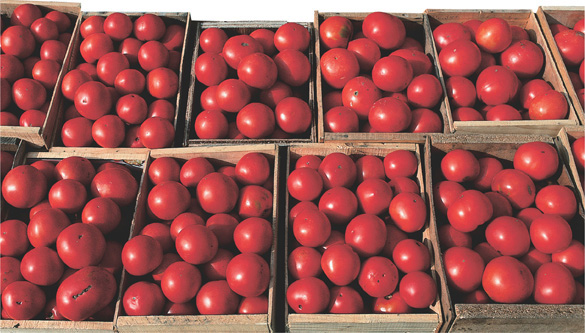Section 1 Perfect Competition
Preview
Objectives
After studying this section you will be able to:
- Describe the four conditions that are in place in a perfectly competitive market.
- List two common barriers that prevent firms from entering a market.
- Describe prices and output in a perfectly competitive market.
Section Focus
Perfect competition exists when a market has many buyers and sellers of the same good. Few markets are perfectly competitive because barriers keep companies from entering or leaving the market easily.
Key Terms
- perfect competition
- commodity
- barrier to entry
- imperfect competition
- start-up costs
The simplest market structure is known as perfect competition. It is also called pure competition. A perfectly competitive market is one with a large number of firms all producing essentially the same product. Pure competition assumes that the market is in equilibrium and that all firms sell the same product for the same price. However, each firm produces so little of the product compared to the total supply that no single firm can hope to influence prices. The only decision such producers can make is how much to produce, given their production costs and the market price.
Four Conditions for Perfect Competition
While very few industries meet all of the conditions for perfect competition, some come close. Examples include the markets for many farm products and the stocks traded on the New York Stock Exchange. Both of these examples fulfill four strict requirements for a perfectly competitive market:
- Many buyers and sellers participate in the market.
- Sellers offer identical products.
- Buyers and sellers are well informed about products.
- Sellers are able to enter and exit the market freely.
Many Buyers and Sellers
Perfectly competitive markets require many participants on both the buying and the selling sides. No individual can be powerful enough to buy or sell enough goods to influence the total market quantity or the market price. Everyone in the market must accept the market price as given.
As we saw in Chapter 6, supply and demand interact to determine both price and output. If a market has many independent buyers and sellers, it is not very likely that large enough groups of either buyers or sellers will work together to bargain for better prices. Instead, the market determines price without any influence from individual suppliers or consumers.

The market for tomatoes comes close to perfect competition because a large number of firms sell tomatoes, and one tomato is very much like another.




